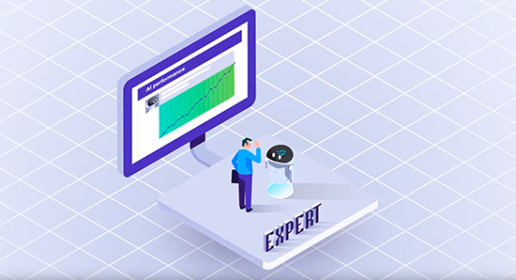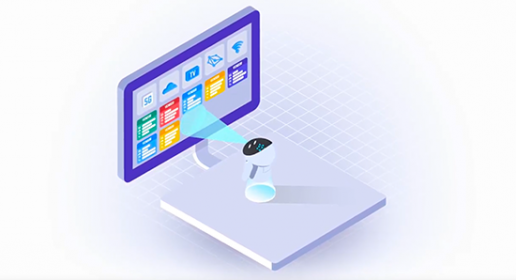Embedded Fraud Management: A New Way of Dealing with Fraud in a Dynamically Changing Telecom Industry
- Published
- 4 min reading
In times of constant transformation, a requirement to process ever growing amounts of data and increasing customer expectations, it is very important for telecoms to be flexible and adapt quickly to the ever-changing environment. And, while CSPs do already adjust their services, products and even employees to the changes, they often forget about one, crucial part – security and telecom fraud management system.
Telecom fraud risk in modern digitally transformed business
Customers are not the only “threat” to CSPs. Affiliates might pose risks too. As telecoms offer more and more products in cooperation with various partners, it is important to note that this risk may also arise from that direction. The more dependencies a telecom has, the more difficult it is for traditional anti-fraud systems to react quickly enough to changes in those dependencies, in the ecosystem, and in new business cases.
That is why operators should look for other, up to date ways to protect their company operations and services from modern threats, and use systems with efficient telecom fraud management function.
Traditional rule-based telecom fraud management tools are not enough
Different types of fraud and threats in telecoms mean that there is an urgent need to adjust fraud management systems to counteract them all, preferably in real time. As deploying new services and products to the market always involves a fraud risk, preventive action should be taken in advance, to identify potential abuses on time.
The solution is to implement an intelligent embedded telecom fraud management system. How does it work?
Embedded fraud management in telecoms
Built-in fraud management can provide a CSP with a real market advantage. It works inside the organization and can perform real-time actions such as processing data, detecting potential or actual fraud, and providing guidance for actions the system/operator should take. As we all know, time really is money in telecom fraud management, because the faster we react, the less the potential damage is.
The other benefit of an embedded telecom fraud management system is that it can save telecoms money that would otherwise need to be spent externally on the implementation and maintenance of a separate system.
AI/ML in fraud management
As AI/ML-driven technologies take over the industry, they can also be applied in modern fraud management systems. One of the most effective solutions that are used by telcos involves machine learning classifiers.
“ML classifiers are able to account for complex relationships between many attributes, which is difficult for rule-based systems. Periodic training of classifiers allows them to take into account changes in fraudster behavior. Utilizing machine learning means there is no need for the manual creation of very complicated rules, because the classifiers are learned on the basis of known examples.”
Willing to learn more about fraud management system in telecom? `Download our free white paper “Embedded Fraud Management: A New Way of Dealing with Business Assurance in a Dynamically Changing CSP Ecosystem” .












